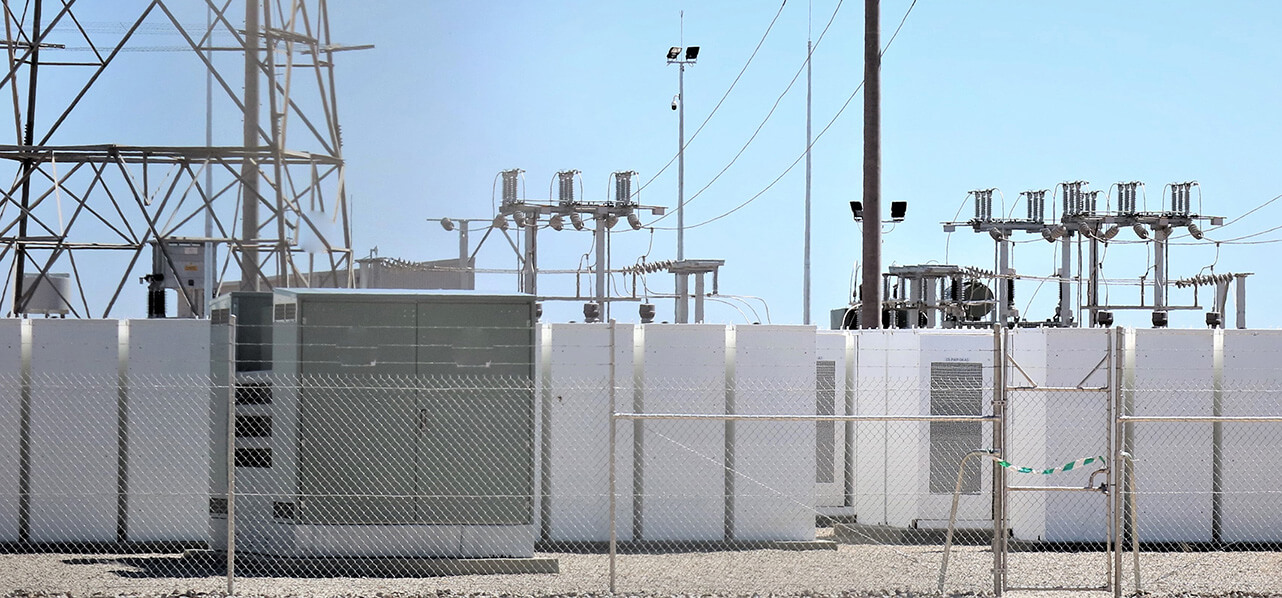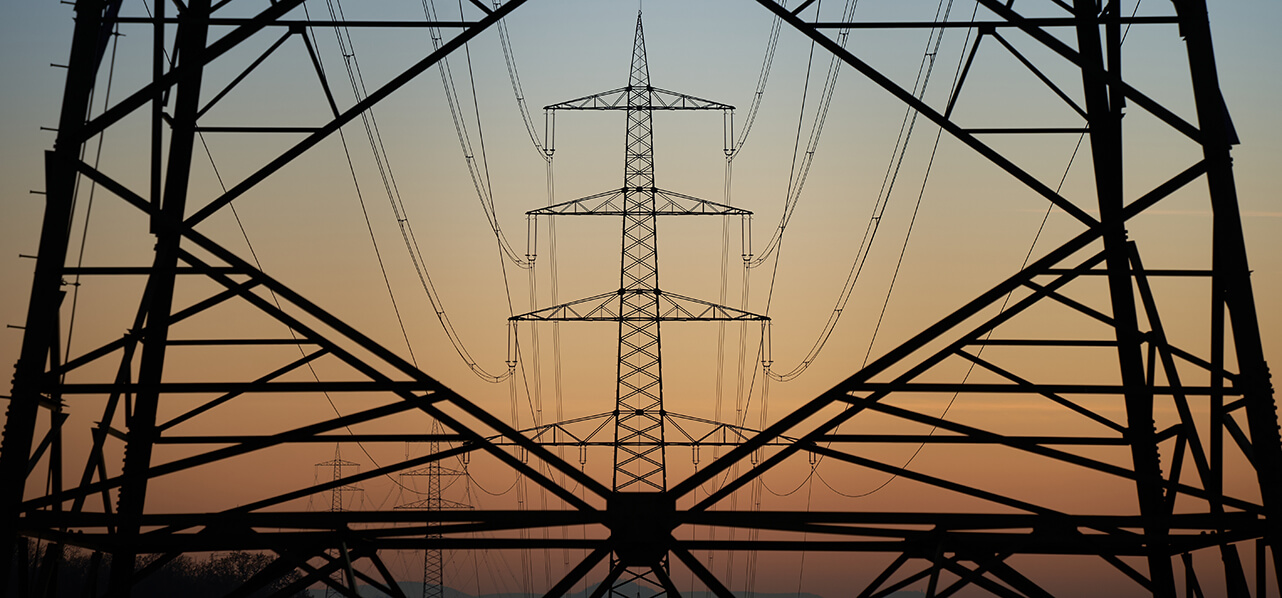Oui, mes amis, je crois que l’eau sera un jour employée comme combustible, que l’hydrogène et l’oxygène, qui la constituent, utilisés isolément ou simultanément, fourniront une source de chaleur et de lumière inépuisables et d’une intensité que la houille ne saurait avoir.
Yes, my friends, I believe that water will one day be employed as fuel, that hydrogen and oxygen, which constitute it, used singly or together, will furnish an inexhaustible source of heat and light of an intensity of which coal is not capable.
Jules Verne, L’Île mystérieuse (The Mysterious Island) (1875)




